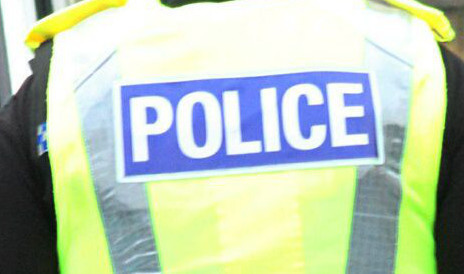Three-quarters of all stop-and-search procedures carried out in Tayside and Fife failed to show any evidence of illegal activity, new figures have revealed.
During August and September this year, the controversial measure was used by Police Scotland 4,159 times and yielded only 927 positive results.
The biggest failings were in Fife, where an offence was detected in only one in five searches, the majority of which were intelligence-led.
Official figures from the Metropolitan Police showed that Police Scotland conducted three times as many searches during a two-month period than the London-based force, which is responsible for a significantly larger population.
Scotland’s Assistant Chief Constable, Wayne Mawson, defended the procedure, saying it helps to reduce crime.
He said: “The volume of stop and searches is monitored for accountability purposes, but is not a target for the force.
“Stop search preventative successes can be judged through reductions in violent crime, antisocial behaviour and disorder in areas where the tactic is used.
“As the Recorded Crime statistics show, crime is Scotland is at a 40-year low with violent crime down by 10%.
“These are the outcomes Police Scotland is seeking with the intelligent use of stop search, directed to address the specific problems.
“Police Scotland aims to ensure aims to ensure we can bring an improvement to a community affected by crime and keep people safe.”
